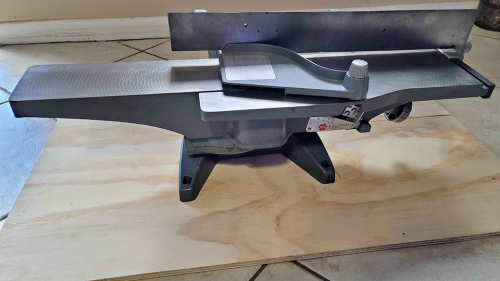
See Related: Wood Filler Vs. Wood Putty
For any woodworking project that needs you to piece panels together (such as cabinet-making) at a 90-degree angle, you need a jointer.
A Jointer creates a smooth surface for creating the glue line.
Not all of us have a jointer in our workshops so we have to find a decent workaround.
I’ve been seeing folks talk about using a track saw as a jointer.
A high-quality track saw like the Festool 75 will leave a smooth finish and let you skip the jointer.
When facing wood for joining, use a full blade kerf to keep it from skipping.
This is the perfect opportunity to get some added versatility from your track saw.
Track Saws, Table Saws & Edge Jointers: Need to Know
Track saws, table saws, and edge jointers are all unique tools.
Let’s talk about them individually for just a short bit.
Track Saws
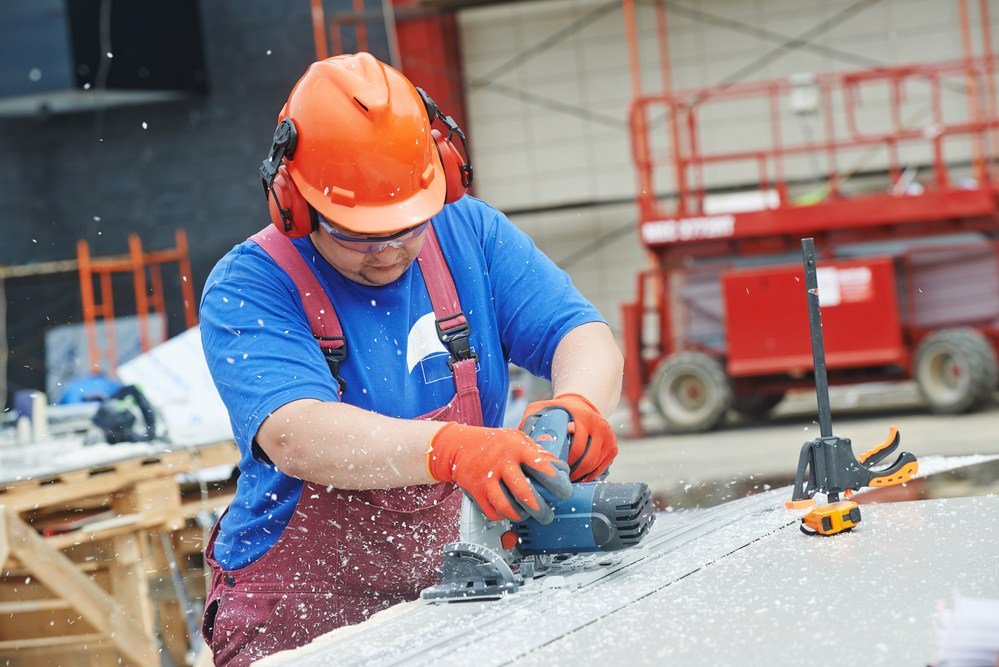
A track saw allows you to make long cuts with a high degree of accuracy. The cuts are precise and you can make quick work of them.
While a table saw also works well for most of these jobs, a track saw offers greater accuracy.
Track saws look a little bit like circular saws in appearance but have the power of a portable table saw.
These power tools are cut in a straight line along a track. The track helps improve the accuracy of the cut.
The track saw is heavily used in cabinet making and can also handle difficult materials such as Formica.
Table Saw
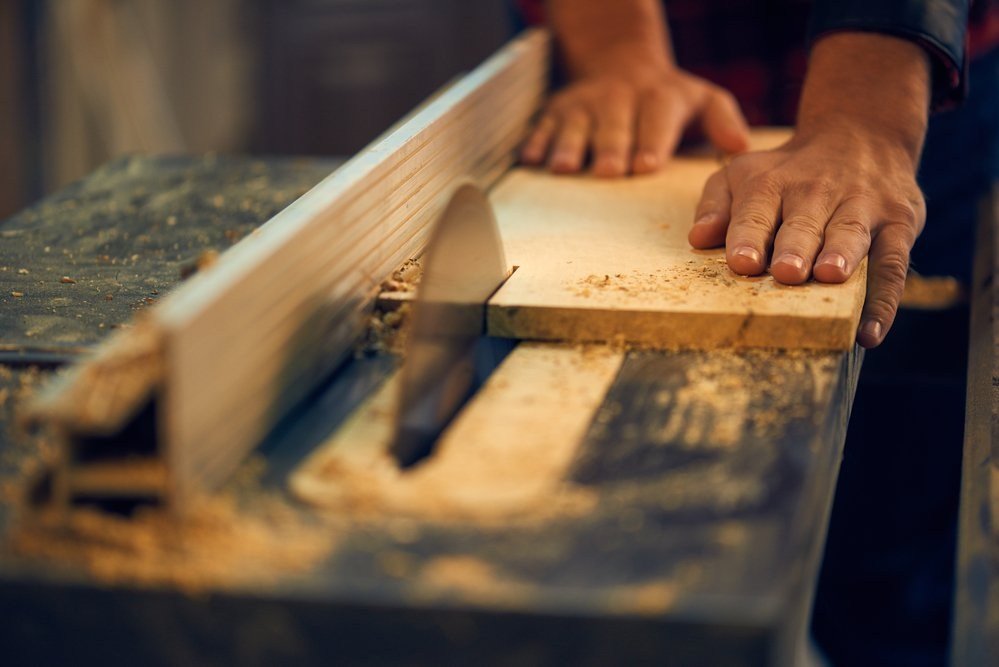
The table saw is more common and self-explanatory.
You can cut in a straight line with the fence set up but it can become challenging to maneuver if you have long or large pieces of wood.
The saw blade rotates from inside the table while you push the wood across for cutting. Table saws are generally used for cutting straight lines and making rough lumber cuts.
These are the go-to tool for DIY projects because they tend to be more precise than the rip blade design of a circular saw.
Edge Jointers

Finally, a jointer looks like a combination between a table saw and a bandsaw.
It has an extended table and kerf and is equipped with a jointer plan device for the joinery process.
A jointer is ideal for smoothing rough lumber hat that has uneven edges or a twist in them. A jointer lets you smooth these warping and cupping defects.
With an edge jointer, you will move across the surface in order to smooth it out, just like if you used a handheld jointer plane tool or a hand plane to smooth out the surface.
An edge jointer also lets you create a groove for matching pieces of lumber together. The jointer will prepare a smooth glue line to make the pieces fit together better in the end.
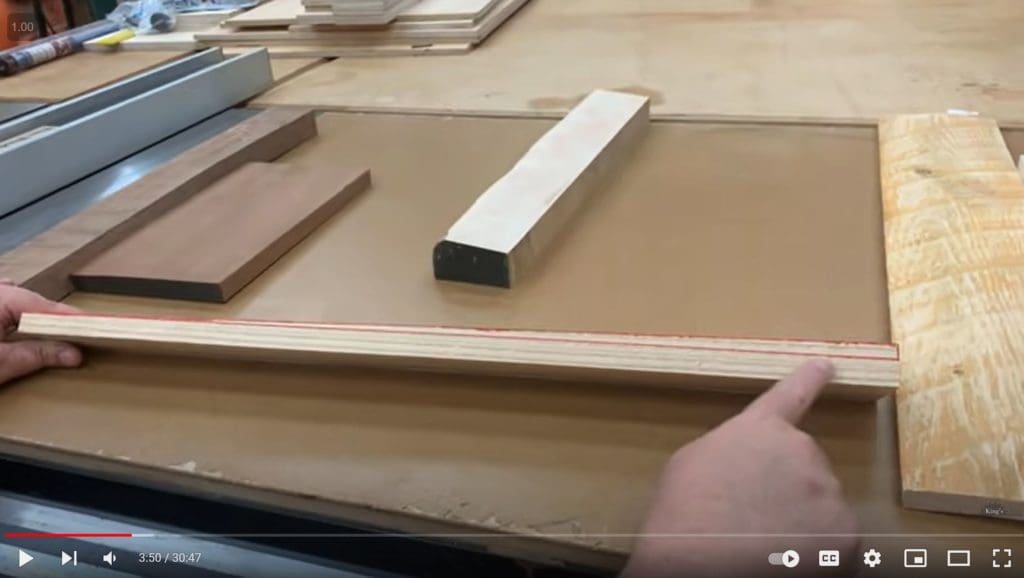
Can a track saw replace a jointer?
A track saw might be able to do some of the things that a jointer does but it will not replace a jointer.
If you need a solution in a pinch, a track saw or table saw can help correct some wood defects, especially if you also have a planer . However, if you frequently use rough-milled lumber, you should invest in a jointer.
A track saw will struggle to create a perfectly straight board and will rely heavily on your measuring skills.
Remember that a jointer is made more for a smoothing motion rather than a cut and while you can achieve the same thing with a track saw, it might not be quite as accurate or quite as smooth.
You will also need a large table to work on, and if you do this type of work frequently, you will want to build a jig for it.
If you have a planer, you can run the board through a planer first and then edge it with a track saw.
Can you use a table saw as a jointer?
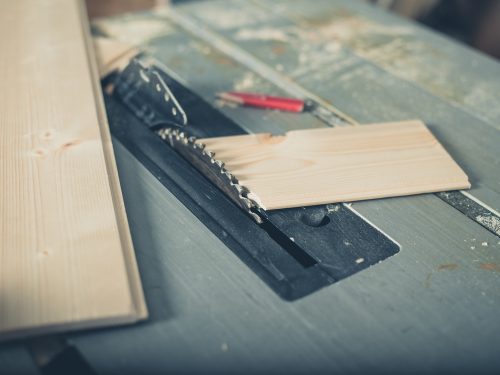
You can use your table saw like a jointer. A table saw is designed more similarly to a jointer, and the fence makes it easier to cut a straight line.
You can use a table saw as a jointer. You first need to create a jig that will sit between your fence and the blade, narrowing the gap and creating a narrow kerf for the blade to work.
This jig will mimic the fence on a jointer, and can effectively turn your table saw into a jointer for smoothing edges. It is a much better choice than using a track saw, in my opinion.
Can track saw Replace table saw?
Depending on what it is you are trying to accomplish, your track saw might be able to replace the table saw.
They work very similarly to each other but the track saw is a little more portable.
I argue about the track saw versus the table saw in a full article.
The table saw has its own table and stand built in while your track saw requires a working surface and is a combination of a table saw and a track saw.
There are just some things a table saw might be better for but the track saw can do everything a table saw can do as well.
Truing Your lumber with a track saw
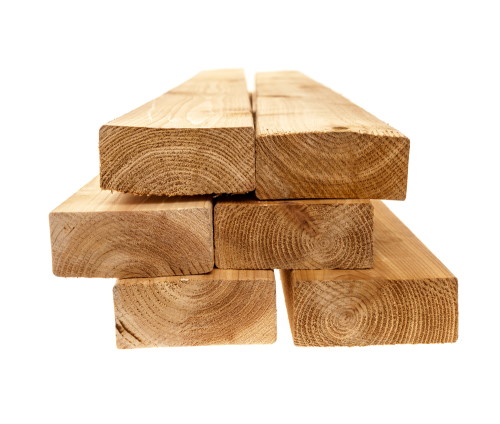
The track saw will only work as well as the person operating it. If you have a severely warped board, it can be difficult to get a flat edge, however, you should be able to get close enough so the two boards will join.
You will likely want to also use a planer, and then use a square to make sure your track is laid properly. Clamping the track will help increase the accuracy.
Plan on using a low blade tooth count such as a 14T.
With patience, you can use your track saw to flatten cupped boards, flatten a twisted board, or even rip a straight edge.
Jointing Lumber Without A Jointer
A jointed edge is an edge that has been prepared for matching with another board to create a corner.
This means that you need two, nearly-perfect boards. You have to make the edge straight and true so it will line up properly when you JOIN it together.
Do you need a jointer at all?
If you are creating a lot of corners or working with a lot of rough-cut lumber, you will need to invest in a jointer.
If you have a table saw or a track saw on hand, you can certainly use those for a DIY project or a one-off project but if you do this type of work often, a jointer is an essential tool to have on hand.
Edge Jointing Boards
Once you have both of your pieces of wood ready to go, you will join them together.
Both pieces of wood will need to be smoothed until they are true and squared for the perfect adjacent edge. The two boards must be of consistent thickness in order to be jointed.
Once you have them planed and true, then you can join them together with some wood glue.
Ripping straight board edges
The best way to rip straight board edges is with a table saw but you could also use a track saw or a router table.
You will need a straight edge guide and you should start with a few extra inches to work with to give you plenty of room.
Create a jig that you can use for added control.
How can I face my joint without a jointer?
Simply run the board through a planer. Once you have two flat edges, then you can use your track saw to create 90-degree edges down each side.
Ultimately, a track saw will clean up minimally damaged or uneven wood for a better joint. However, a track saw cannot correct badly damaged wood. A table saw will do a little better for one-off jobs, but a jointer is the best choice.
 Skip to content
Skip to content

